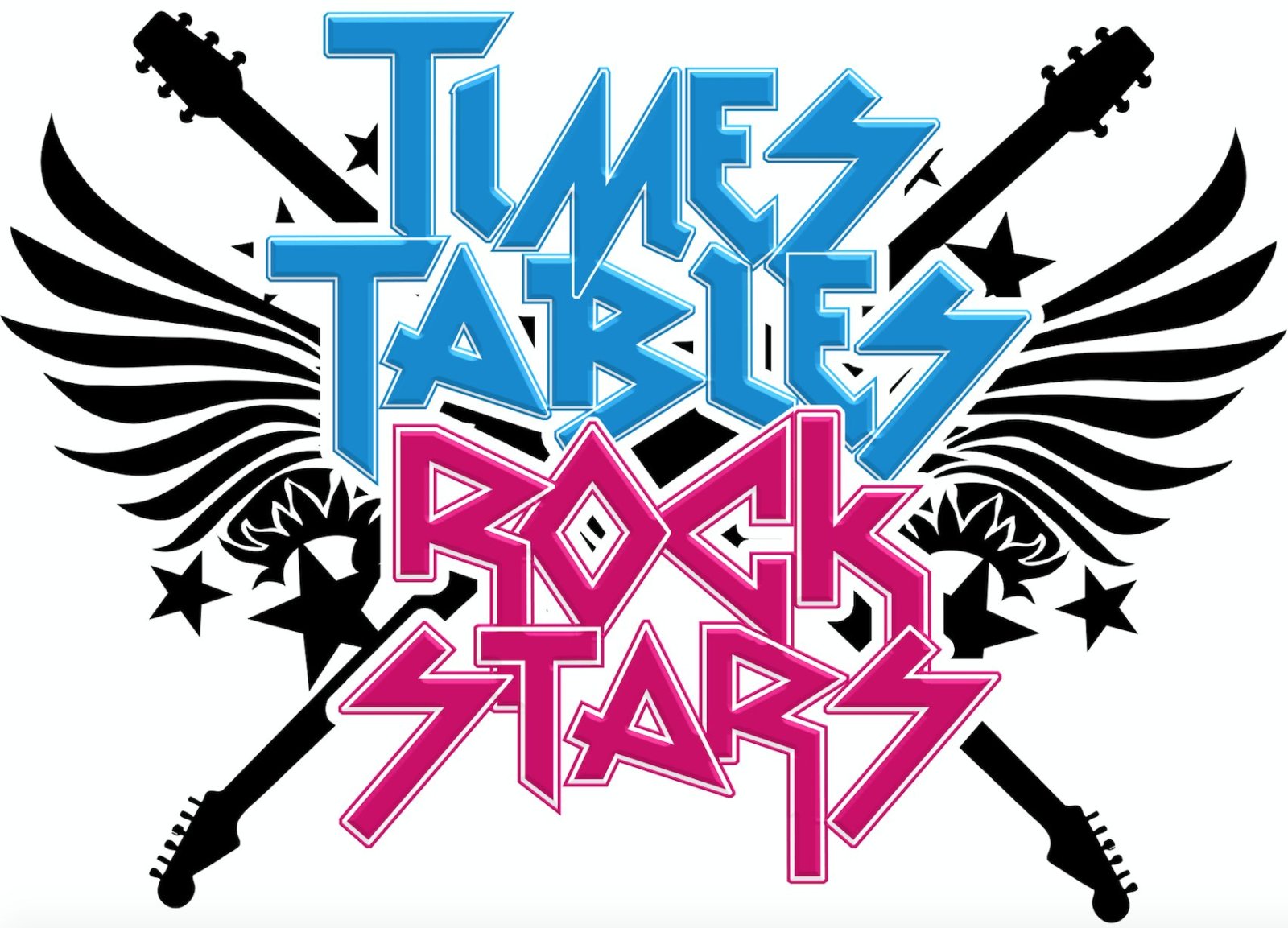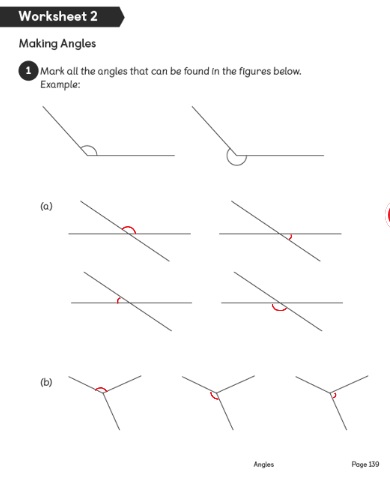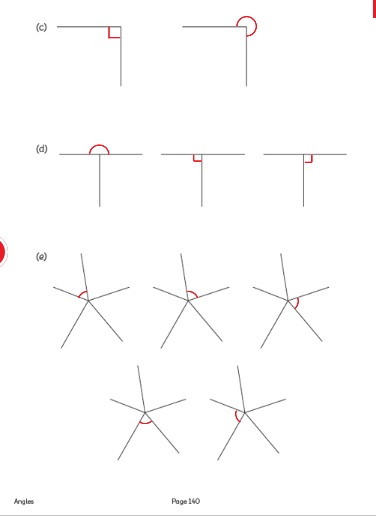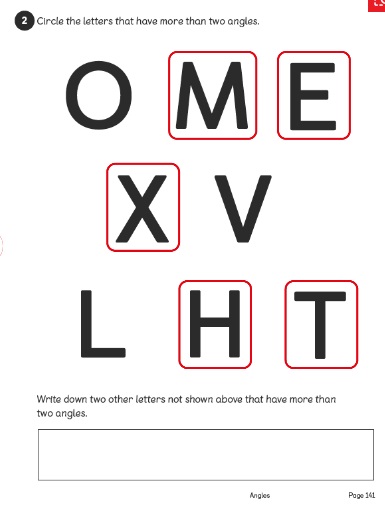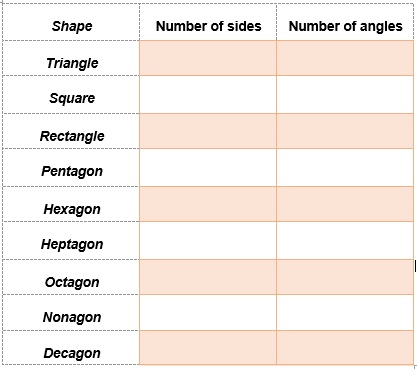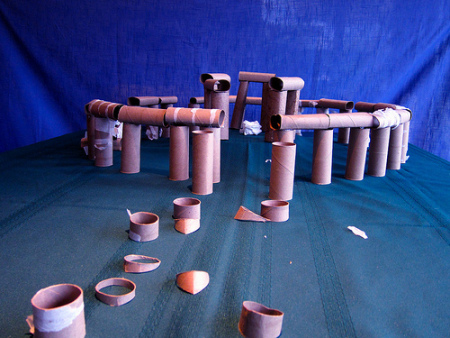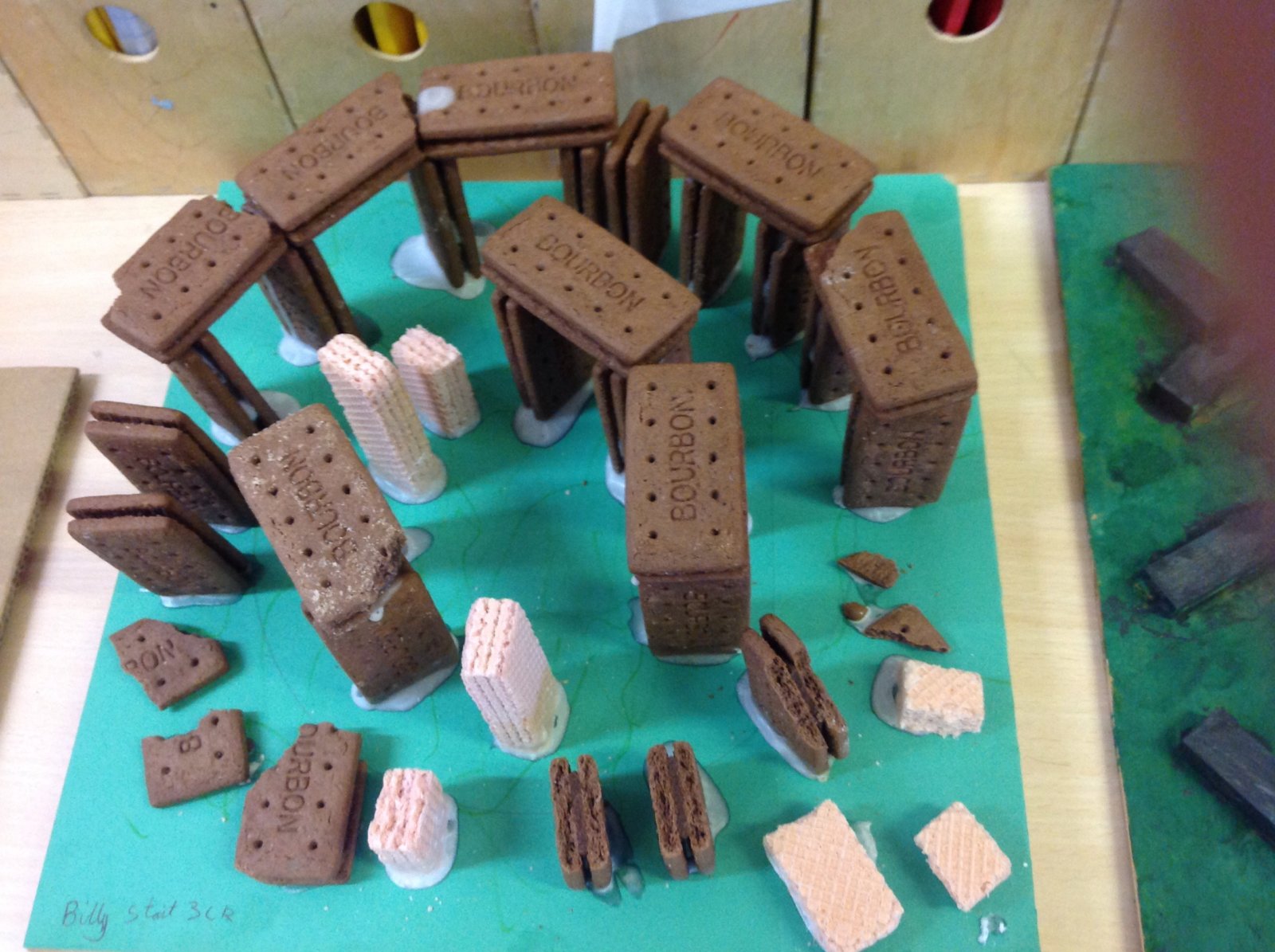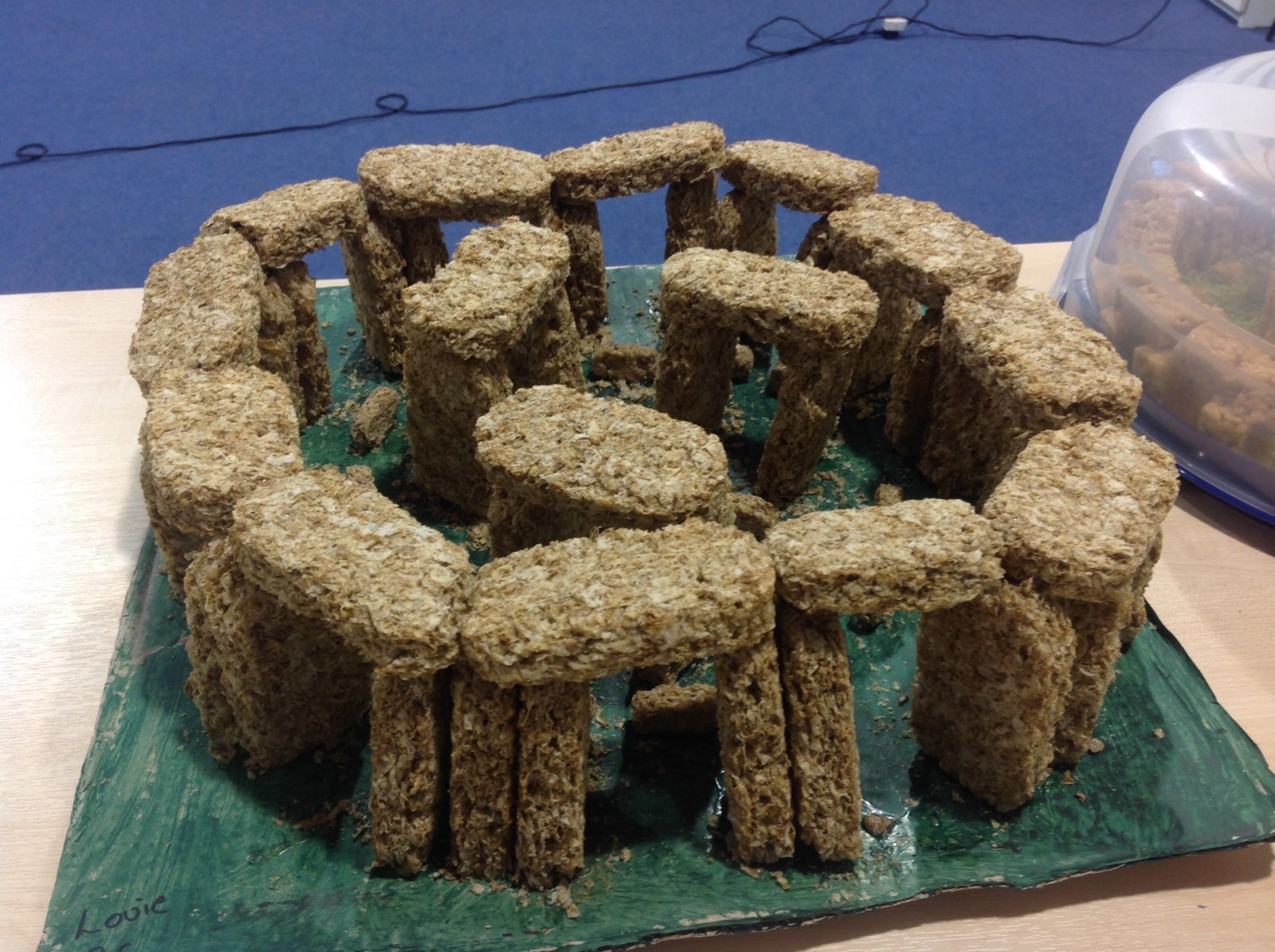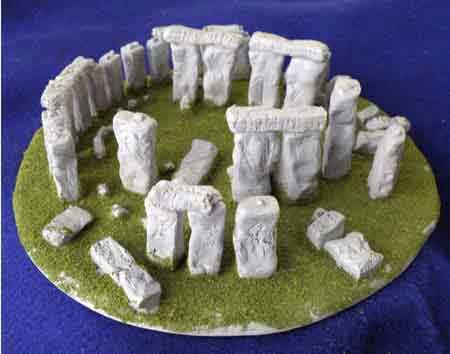Monday 11th May – Home Learning
Morning all. I hope you had an incredible bank holiday weekend.
First of all, HAPPY BIRTHDAY TO BOTH LENNI-JAY AND MASON! I hope you both have a lovely day.
Secondly, I have a great idea for this week’s ‘end-of-the-week’ video, so it would fantastic if we could have as many people sending in pictures as possible! If you have a picture of your child with a piece of their home learning, please send it to t.prior@southill.dorset.sch.uk. It would be great if we could see as many year three faces as possible!
In addition, remember, it is essential to ‘check-in’ during the week so please email me to let me know that you are ok. See it as us simply taking the register.
Finally, I have created another video for your viewing pleasure. I hope it lifts spirits in your household. Owing to the success of ‘Now! That’s What I Call a Teacher’, looking at lockdown for parents, I have decided to now see things from the child’s perspective. As always, if you watched it (and hopefully enjoyed it) I would really appreciate it if you could leave a comment just so that I know people are tuning in…
Apart from that, have an amazing day,
Mr. Prior ?
Spellings
Here are the spellings to test (if you haven’t done so already).
business
calendar
caught
centre
century
Here are this week’s spellings, ready for Friday:
certain
circle
complete
consider
continue
Challenge- find out what the spellings mean using a dictionary and try to use the words in your own brilliant sentence.
Reading
Please ensure your children reads daily for at least fifteen minutes. A combination of them reading independently, out loud to an adult and letting them listen to the story being told by the adult is advisable. Simply record any reading in your child’s reading record book. Remember to also quiz your books.
IMPORTANT REMINDER- we are still monitoring book quizzes on Star Reader so please ensure your child is still doing them. Children are more likely to do well on quizzes if they are able to quiz the book straight after reading it. Parents- you are also more than welcome to read the question out loud for your child if it helps them.
Challenge- As you have already written a film review, why not have a go at a book review as well? Think about how you are going to introduce your review and how you are going to structure it using subtitles.
Writing Task- Writing in the Past Tense
In preparation for a letter we will be writing at the end of the week, today we will be practising how to write in the past tense. Below are three challenges that I would like you to complete in order to help you to develop your ability to write in the past tense (reporting on something that has already happened).
https://www.bbc.co.uk/bitesize/topics/zrqqtfr/articles/z3dbg82 – The best way to write something in the past tense is by adding ‘ed’ onto the verb (the doing word).
Challenge 1- Note down as many past tense verbs as you can. I have written a couple to get you started…
jumped skipped skidded hopped
Can you think of any doing words that are in the past tense, but do not end with ‘ed’, e.g.
ran
Challenge 2- Take a look at the following sentences. They have been written in the present or future tense. Can you change them into the past tense?
a) I am hopping on my inflatable space hopper in the back garden.
b) Michael is jumping on his large, circular trampoline.
c) My sister really likes her strawberry ice cream!
d) Matt is catching an aeroplane to sunny Spain.
e) Tomorrow, Billy is going to see the dentist.
Challenge 3- The following sentences do not really make sense as the tense is all over the place. Can you write out the sentence so that it is written perfectly in the past tense. This time, I haven’t highlighted which words you will need to change so take your time and look at them carefully. Top tip- re-read the sentence. Does it make sense?
f) Everyone sing happy birthday to me and I blow out the candles on my pretty pink cake.
g) When I ride my bike, I hit a kerb and fall off. I break my leg so the ambulance come.
h) My grandad take me fishing last Friday, I catched a big carp, he take a photo of me.
I) My Nanna teach me how to sew. With her help I make some beautiful clothes for my little sister, Nina.
j) Tomorrow, Tony fix his neighbour’s car. She buy him some chocolate to say thank you.
Take your time and produce your neatest handwriting. Remember to leave a line space between each sentence so that it is easier to mark. I will post the answers tomorrow.
Best of luck!
Arithmetic Task- TT Rockstars
People who keep practising their times tables ROCK! Simply log on and learn. 🙂
Remember, we are in a local competition with other schools so the more questions you answer correctly, the higher up the table we go! KEEP ON SMASHING THOSE X TABLES, YEAR 3! 🙂
Maths No Problem Task- Finding Angles in Shapes
First of all, here are the answers to the questions on Thursday (pages 139-141).
Note- if the children found more than one angle (or even a different angle) on each question then that is still correct. Also, for the final question ‘Write down two other letters not shown above that home more than two angles’, they could have had…
A F I J K N W Y or Z.
If you’re mad enough, feel free to watch this video again to remind you of important information about angles.
Recap- After watching the video, again, try to clarify some of the key points. You could even ask them what can they remember! Maths is about repetition in order to help children retain information. 🙂
-Angles are where two straight lines meet at a point (vertex if you want to be fancy).
-Angles are measured in degrees using a small circle (90°)
-A small angle (below 90°) is called acute – Awww its so cute!!!
-An angle between 90° and 180° is called obtuse – as the video says ‘this angles kinda fat it’s got a big caboose!’
-An angle that is exactly 90° is called a right angle- Show children what this is and see if they can spot any right angles around the room (pictures, mirrors, televisions etc.).
In Focus task (page 200)- Cover up the rest of the page and look at the question. How many angles inside the shape does the STOP sign have? The children may also find angles on the lettering ‘STOP’ which is great as it shows they are really thinking. The main aim however is to find the 8 angles inside the shape. Can the children figure out what these angles are called based on their size? They are obtuse because they are bigger than a right angle (90°).
Let’s Learn (page 200)- Do the children notice a pattern? The number of sides = the number of angles. Children to make a chart to show whether or not this is the case for all 2D shapes…
Guided Practice (page 201)- See if the children can find all of the angles inside each shape. As an extra challenge, can children identify acute, obtuse and right angles in any of the shapes.
Workbook (pages 142-144)- Children to have a go at the activities in their workbook. Teaching tip- Remember, if it is a right angle (90°) we draw a small square in the corner rather than a curved line. For the questions on page 143, ensure children use a straight edge in order to join up the dots. Also, for question 3, ensure children take their time and make sure their lines are accurate and join correctly with correct number of sides.
I will post the answers to these problems on Tuesday.
Topic-based task – Stone Henge and Casting Shadows
Stonehenge is an ancient circle of huge stone slabs and smaller bluestones. Dating from around 2800BC, Stonehenge is older than the pyramids! How Stonehenge was built is still a bit of a mystery. It’s accepted that Neolithic people could of dragged the 4-ton bluestones using tree trunks and ropes, but why they quarried them hundreds of miles away in Wales is unknown. The transportation of these bluestones took many years. Later on, the giant stones were put into place and it’s these which form the monument we see today.
Another mystery surrounding Stonehenge is what it was used for. The likely explanation is that it was a ceremonial place and a site of large gatherings and feasts. It’s almost certainly something to do with the changing seasons as its stones line up precisely with the sunrise and sunset for the solstices.
Task- your task this week is to build Stone Henge using whatever materials you can find. You could make your model out of…
- Actual Stones
- Jenga bricks
- Lego
- Toilet roll tubes/cardboard
- Weetabix!
- Clay
- Biscuits
- Playdough
That’s not all…by the end of Year 3, children need to understand that:
- they need light in order to see things and that dark is the absence of light
- shadows are formed when the light from a light source is blocked by a solid object
- the size of shadows can change depending on where the light source is shining from
Once your monument is built, turn out the lights and, using a torch, explore the shadows created by your mini-Stone Henge. Discuss the shadows formed and children can then write about what they have learnt about both Stone Henge and shadows to accompany the model.
I hope that they find this fun. If you find that this will take longer than a week, please let me know as I can extend this task into next week as well. I would love to see your finished projects!
Other Fun Ideas and Activities
Keen to do more? Not ready to call it a day? Then why not give some of the activities below a go (who knows, you might enjoy it)…
Science Experiments- Rummage around in the cupboards and you may like to have a go at some of these wicked science experiments! Make a massive marshmallow, create a bouncing egg, make pepper swim (link to the importance of washing hands) create a tornado in a glass, create dragon eggs, make your own slime, make a hovercraft balloon or even a skittles rainbow.
Get the children making predictions as to what may happen, draw labelled diagrams and then carry out the experiment. What did you learn from the experiment? Write a little conclusion to show what you have found out.
Want to know how to do these experiments? Visit some of the websites listed below…
https://www.dayoutwiththekids.co.uk/blog/easy-cool-science-experiments-for-kids
https://sciencekids.co.nz/experiments.html
https://mashable.com/article/science-experiments-for-kids/?europe=true
JOKE BOOK- Did you enjoy video last week? If you haven’t seen Jester Prior delivering his all-time favourite jokes yet, then visit the Year 3 news page. Why not create your very own joke book? You could create a title page and note down some of the funniest jokes you can think of. I’m sure your parents could do with a laugh! ?
Audible- a great app which you can download and contains many free books (great to listen to before bedtime).
Prior’s Top Audible Picks – Kid Normal by Radio DJ Greg James and Chris Smith.
-Diary of a Wimpy Kid – Wrecking Ball by Jeff Kinney
-Harry Potter and the Chamber of Secrets by JK Rowling
-The Gift of Dark Hollow (the sequel to Podkin One-Ear) by Kieran Larwood
– Slime by David Walliams
Alternatively, if you’re a real keen Walliams fan, he is currently releasing a lot of chapters of his books for free! This includes an audio story from The World’s Worst Children every day for the next 30 days! Check out this link- https://www.worldofdavidwalliams.com/elevenses-catch-up/
Sumdog- Online maths and literacy questions delivered through entertaining games. Simply create a login totally free of charge, create an avatar and let your children explore and play. Mr Prior’s favourite game…JUNK PILE! It’s addictive- be warned. Parents- you can also set certain questions on there for your children to focus on. Any questions, please email me.
Maths Factor- KEEN FOR EVEN MORE MATHS? Carol Vordeman has made her website free during this strange time…feel free to login and check out some of the activities- https://www.themathsfactor.com/
ICT- Fancy becoming quicker at typing and brushing up on your fine motor skills? Why not have a go at BBC Dance Mat Typing…Dancing for your fingertips…you know the drill…follow the link- https://www.bbc.co.uk/bitesize/topics/zf2f9j6/articles/z3c6tfr
French- Bonjour! This week, can you find out how to say parts of the body in French, such as:
head
legs
arms
hands
nose
eyes
feet
Lexia- If you have a Lexia account, please feel free to login and try to do it for at least 15 minutes.
The Daily Mile- If you have a garden big enough (or a quiet field nearby) why not head out for the Daily Mile? 15 minutes…how many laps can you do?
PE- I gotta feeling, that Year are gonna SMASH THIS…





